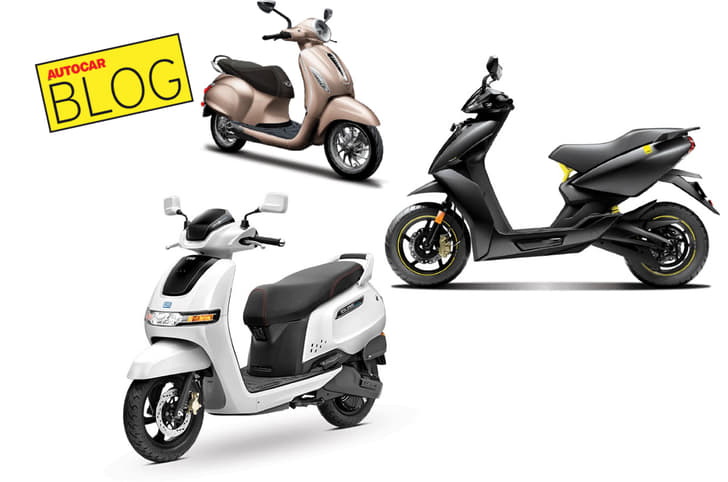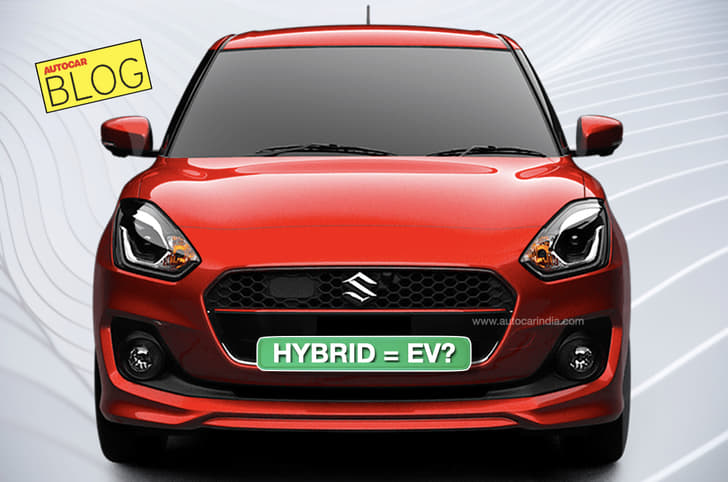Cold brakes don’t work quite as well as warmed-up ones. Lesson number one for me took place back in the day when Hyundai’s Sonata had a torquey V6 under the hood. Early one morning, just out of the gate, one lusty pull of the growling V6 later, I stood on the brakes... only to sail right past the U-turn. Luckily, no one was around. Cold discs, cold calipers, cold pads, and probably cold tyres meant braking performance was suboptimal.
Then it happened again, more recently, and this time after I’d driven a few kilometres. I was doing a brake test for the camera on a quiet private road, but again, though I hit the brakes hard, I sailed right past where I thought I would stop. Cold brakes again. But how? Needless to say, the next stop was much better, with the brakes now warmed up, but what was the problem? Then it hit me; the vehicle in question was a strong hybrid. Aha!
Confused? So was I initially. But think about it like I did later, and some astonishing details emerge. The problem, of course, is regeneration. Electric cars and strong hybrids, which run primarily on electric boost, slow down using what’s called regeneration. So instead of using the friction brakes or discs to slow down, these cars are ‘braked’ by using their electric motor. Flipped around from ‘motor’ to ‘generator’ mode, when your foot is placed on the brake pedal, the electric motor/generator both slows the car down and collects electrical energy; at the same time.
Similar in principle (but not the same) to pull-back toy cars, the heavy use of regeneration means the disc and drums seldom get used. Yes, they are blended in eventually, before you come to a complete stop at say two or three kph, but unless you really brake hard, the braking is primarily done by regeneration and the motor/generator. More regen, after all, means more range and greater efficiency.
So just how much braking is done using regen and how often do strong hybrids and electric cars use their friction brakes? Get this; Porsche says its Taycan EV uses regenerative braking 90 percent of the time. 90 percent! Other carmakers’ figures hover between 80 and 85 percent, and that’s even for single-motor cars. This, of course, means the friction brakes have a real easy life and are often cold during even regular driving. Stone cold, if, like me, you’ve only driven a kilometre or so and not really put your foot firmly on the brake.
What’s worse is that the heavy use of regenerative braking allows carmakers to reduce the size of their brakes, allowing them to make these now not-so-often-used components significantly smaller and lighter. Also, with a view to improving vehicle efficiency, new-generation calipers retract their brake pads completely after each braking manoeuvre. This also allows for a greater air gap between the pad and the disc. Remember that the next time you head out on cold brakes, especially if you are driving your strong hybrid or EV.





















